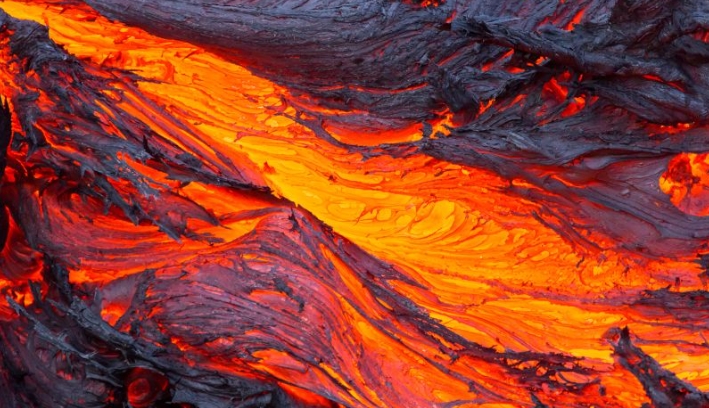Volcanoes have captivated people for centuries with their awesome displays of power and destruction. At the heart of a volcano’s might lies its magma, a molten rock that can reach temperatures of over 1,000 degrees Celsius. But what exactly is magma, and how does it unleash such incredible power?
What is Magma?
Magma is a mixture of molten rock, gases, and solids that exists beneath the Earth’s surface. It is formed when the intense heat and pressure deep within the Earth cause rock to melt. This molten rock is less dense than the surrounding solid rock, so it rises towards the surface, where it can erupt as lava.
How does Magma Form?
Magma is primarily formed in two ways: through the melting of rock in the Earth’s mantle and through the melting of rock at tectonic plate boundaries. In the mantle, the intense heat and pressure cause rocks to melt and form magma. At tectonic plate boundaries, the movement of plates can cause rocks to melt as they are subjected to heat and pressure.
The Power of Magma
When magma erupts from a volcano, it can unleash incredible power in the form of lava flows, ash clouds, and pyroclastic flows. The viscosity of magma, or its resistance to flow, plays a key role in determining how explosive a volcano’s eruption will be. Magma with low viscosity, such as basaltic magma, tends to flow more easily and produce less explosive eruptions. In contrast, magma with high viscosity, such as rhyolitic magma, can lead to explosive eruptions with ash clouds and pyroclastic flows.
The Science Behind Magma
Scientists study magma to better understand volcanoes and predict eruptions. By analyzing the chemistry and mineral content of magma, researchers can determine its viscosity, temperature, and potential for eruption. This information can help communities living near volcanoes prepare for potential disasters and mitigate the impact of volcanic eruptions.
In conclusion, magma is a powerful force of nature that fuels volcanic eruptions and shapes the landscape of our planet. By studying magma and understanding the science behind its formation and behavior, scientists can help protect people and property from the destructive power of volcanoes.

